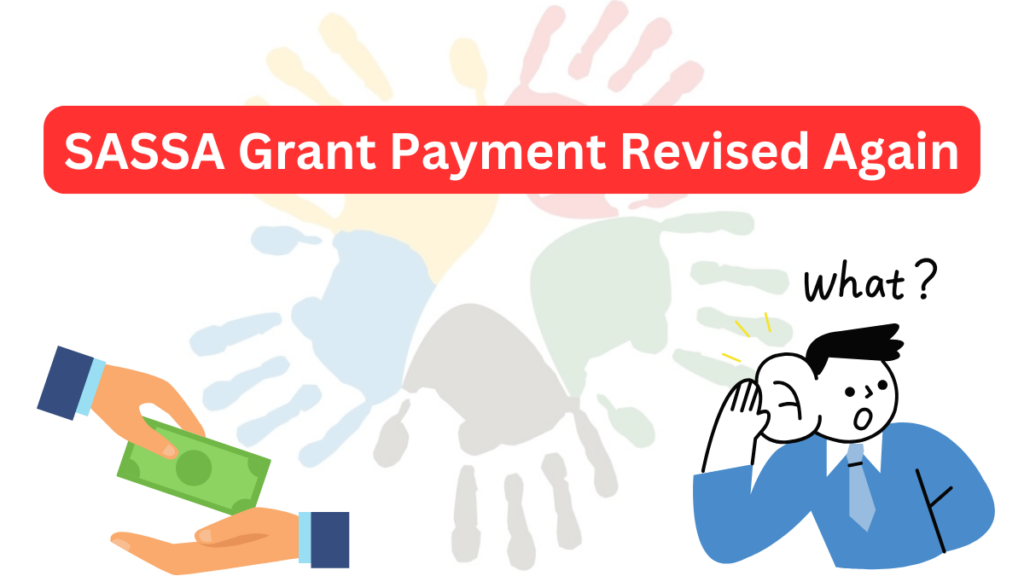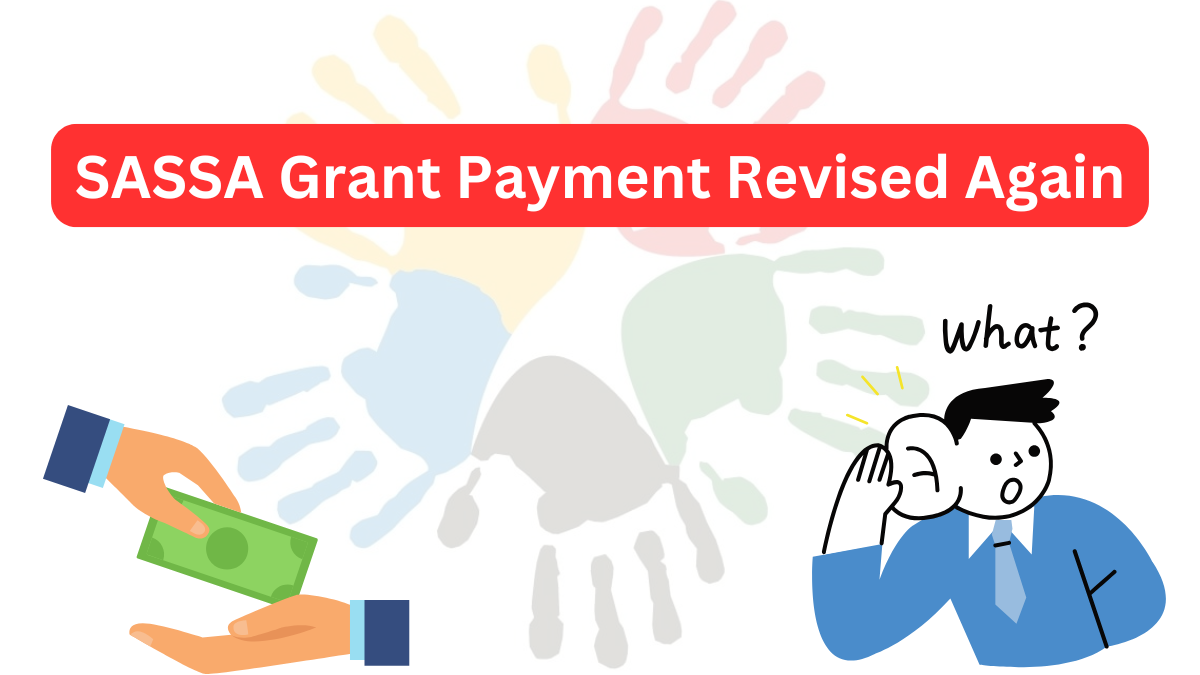The South African Social Security Agency (SASSA) has recently announced increases in grant payments, providing some much-needed financial relief to vulnerable communities. As of October, beneficiaries can expect these new payment amounts to be distributed smoothly and punctually. In a recent interview, SASSA spokesperson Paseka Letsatsi shed light on the changes, the payment process, and what beneficiaries should anticipate moving forward.

Grant Payment Increase Overview
SASSA has implemented slight increases across various grant categories, focusing on improving the financial support provided to recipients. Here’s a detailed breakdown of the recent changes:
| Grant Type |
Previous Amount |
New Amount |
Increase |
| Old Age Pension |
R2,180 |
R2,190 |
R10 |
| Old Age Pension (75+) |
R2,200 |
R2,210 |
R10 |
| Disability Grant |
R2,180 |
R2,190 |
R10 |
| Care Dependency Grant |
R2,180 |
R2,190 |
R10 |
| War Veterans Grant |
R2,180 |
R2,190 |
R10 |
| Child Support Grant |
R480 |
R480 |
No Increase |
While these increments may seem modest, they represent SASSA’s ongoing efforts to support those in need despite budget constraints.
The Reason Behind the R10 Increase
Many may wonder why the increases have been limited to R10, especially amidst rising living costs. Paseka Letsatsi clarified that these adjustments are a result of stringent budgetary considerations set by the Department of Social Development and the National Treasury. SASSA is tasked with distributing these funds in alignment with government policies and financial allocations.
The total budget for social grants in South Africa stands at an impressive R265 billion, aimed at supporting millions across various grant categories. The National Treasury, after thorough evaluation of economic conditions and available resources, determines the feasible increase for each grant.
Enhancements to the SASSA Payment Process
To improve the distribution of grants, SASSA has introduced a staggered payment schedule, effectively reducing crowding and wait times at payment points. The new schedule runs from the 2nd to the 4th of each month, allowing for smoother transactions, especially for elderly and disabled beneficiaries. This approach is designed to minimize congestion and make the process less stressful for those collecting their grants.
- Key Benefits of the Staggered Payment Schedule:
- Reduces long queues
- Minimizes waiting times for vulnerable groups
- Enhances the overall efficiency of grant distribution
Addressing Access Issues at Cash Pay Points
Recent months have seen some beneficiaries, particularly in rural areas, voice concerns about the closure of cash pay points, making it difficult for them to access their grants. In response, SASSA is reevaluating these decisions to ensure that services remain accessible, especially in areas with limited infrastructure.
Many individuals living in remote locations face significant transportation challenges, often spending as much as R300 just to reach a payment point. Paseka Letsatsi emphasized SASSA’s commitment to providing services closer to beneficiaries, ensuring they can access their funds without incurring excessive travel costs.
Encouragement to Use Bank Cards
To enhance security and convenience, SASSA encourages beneficiaries to utilize their bank cards for transactions instead of withdrawing all their funds in cash. This approach offers several advantages:
- Safety: Reduces the risk of theft associated with carrying large sums of cash.
- Convenience: Beneficiaries can withdraw only what they need when necessary.
- Accessibility: Cards can be used at various retail outlets and ATMs, providing a more flexible option for managing funds.
Looking Ahead
SASSA’s payment system has made significant strides to ensure that vulnerable members of society continue to receive the financial support they depend on, even during challenging economic times. While the recent grant increases may be modest, they are part of a larger commitment to effectively manage the country’s social welfare program within budget constraints.
As the economic landscape changes, many beneficiaries hope for more substantial increases in the future. However, SASSA remains dedicated to delivering the available funds safely and efficiently. Beneficiaries are encouraged to embrace the use of their bank cards for transactions, ensuring their grants remain accessible and secure.
Final Thoughts
In summary, SASSA’s recent adjustments in grant payments and improved distribution processes highlight their ongoing commitment to support South Africa’s most vulnerable citizens. By addressing access issues, enhancing payment systems, and encouraging safer transaction methods, SASSA is working tirelessly to create a more supportive environment for all beneficiaries.

